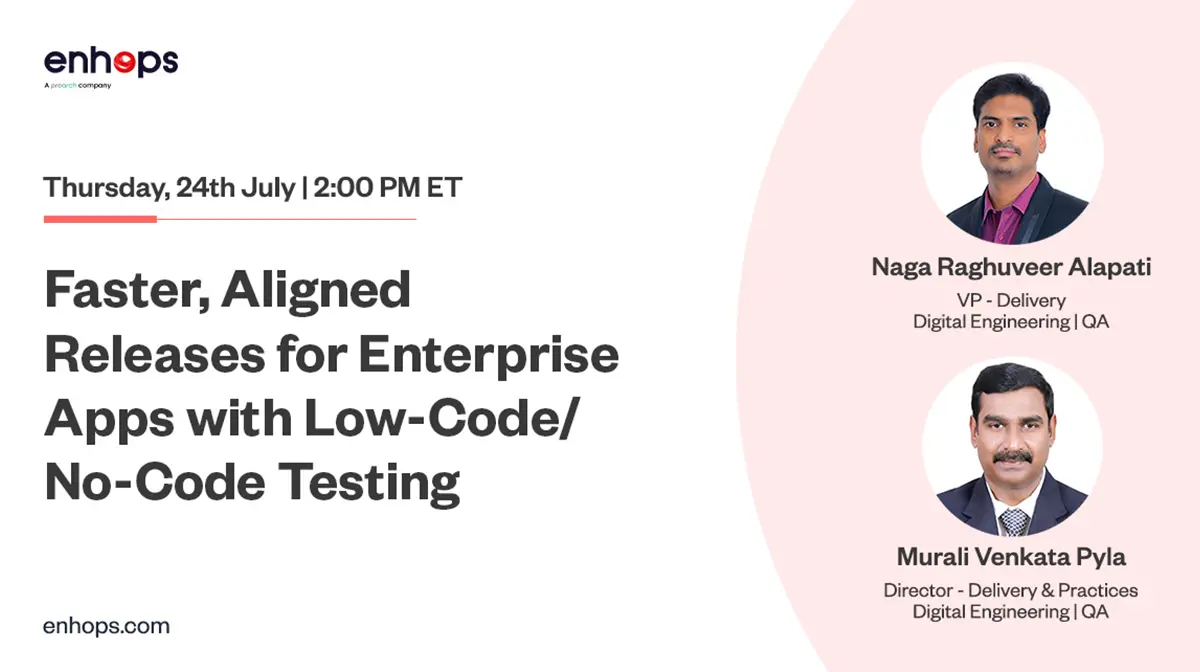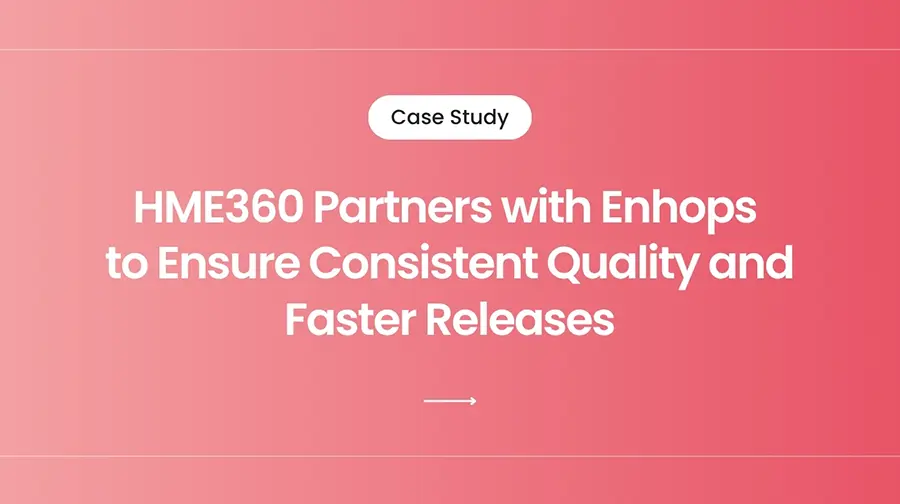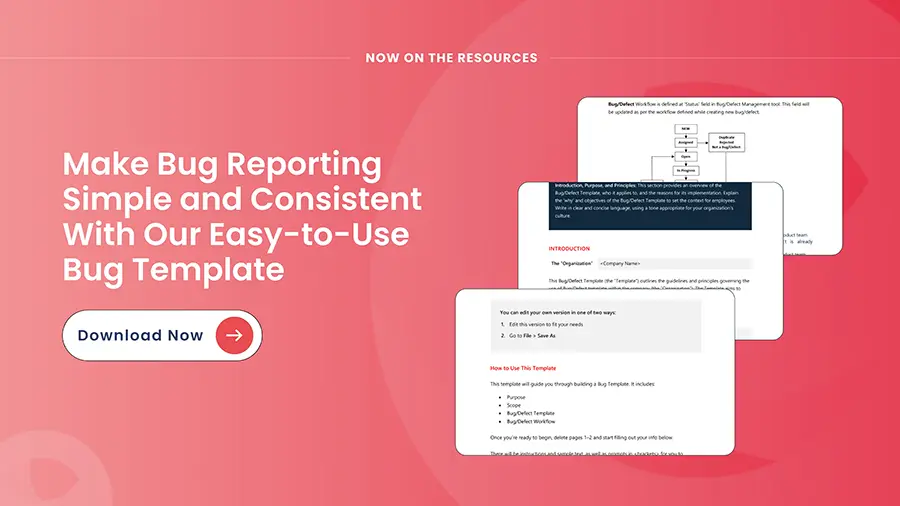In the dynamic realm of software testing, the implementation of test automation has emerged as a compelling solution to enhance efficiency, reliability, and cost-effectiveness of overall software quality. However, initiating a test automation project can be a daunting task, fraught with complexities. Selecting the right automation tools, gauging feasibility, and predicting returns on investment are just a few of the multifaceted challenges organizations face. It is against this backdrop that the Proof of Concept (PoC) for test automation shines as a priceless guiding light.
In this exploration, we dive deep into the concept of test automation PoCs, unraveling their significance and transformative potential. These PoCs serve as a proactive strategy to tackle critical pain points that often haunt test automation initiatives. As we embark on this journey, we’ll uncover how a meticulously executed PoC can offer clarity, mitigate risks, and pave the path to test automation triumph.
Start your risk-free andbudget-friendly PoC with us today
What is Proof of Concept in Test Automation?
A Proof of Concept (PoC) in the context of Test Automation is a strategic initiative aimed at validating the feasibility and effectiveness of integrating a new testing tool or framework within the existing software testing process. This pivotal phase is instrumental in the decision-making process, as it serves to substantiate the viability of the chosen automation solution in practical, real-world scenarios.
The initiation of a PoC typically follows the careful evaluation and selection of an automation tool or framework that aligns with the organization’s testing objectives and technical requirements. Once this selection is made, a PoC is conducted to ascertain whether the tool can indeed deliver on its promises.
The PoC phase involves setting up a controlled environment where a limited set of test cases and scenarios are automated using the chosen tool. This serves to demonstrate its capabilities, efficiency, and compatibility with the existing testing infrastructure. Moreover, it allows the testing team to identify and address any potential issues or challenges that may arise during the implementation process.
Consider a scenario where a software development team is contemplating the adoption of a cutting-edge automation testing tool. Before committing to a full-scale implementation, a PoC is undertaken to meticulously assess the tool’s functionality in a controlled environment. This involves selecting a subset of test cases or specific testing scenarios to execute using the new tool.
The objective of the PoC is to:
- Validate the tool’s compatibility with the existing testing infrastructure.
- Assess its ability to efficiently automate test cases.
- Measure its accuracy in detecting defects and issues.
- Gauge its performance in terms of test execution speed.
- Ascertain its ease of integration with other tools and systems.
- Identify any potential challenges or limitations.
By conducting a PoC, the testing team can gain valuable insights into the tool’s capabilities and limitations. This empirical data forms the basis for an informed decision on whether to proceed with full-scale automation using the chosen tool. It mitigates the risks associated with blind adoption and ensures that the selected automation solution aligns with the organization’s testing objectives and requirements.
Why is Proof of Concept Necessary?
PoC serves as the ultimate validation step in the adoption of automation tools and technologies, ensuring that the transition towards automated testing is not merely a theoretical concept but a practical, well-grounded endeavor.
For Testing Projects:
Quality Assurance Validation: Despite comprehensive evaluations during tool selection, a meticulously designed Automation Testing PoC is crucial to challenge assumptions and verify the practical benefits of automation. It sheds light on the disparities between manual and automated testing, elucidating differences in outcomes and test quality.
Tool Compatibility: The PoC confirms the automation tool’s ability to meet the specific testing requirements of the project, addressing critical concerns related to integration, scalability, and adaptability.
Automation Scope: It delineates the boundaries of automation, delineating what can and cannot be effectively tested through automated means, allowing teams to make informed decisions about the scope of automation.
Cost Efficiency: A PoC helps quantify the cost-effectiveness of automation by demonstrating how much time and resources can be saved compared to manual testing. This evaluation is pivotal for cost-benefit analysis.
ROI Projection: It provides a reliable basis for projecting the Return on Investment (ROI) of the automation solution over the long term, a vital metric for gauging the economic feasibility of automation implementation.
Issue Identification: Hidden issues within the project that necessitate modifications can be uncovered during the POC phase, enabling teams to address and rectify them early in the process.
Implementing an automation solution entails a significant time and financial commitment. A well-executed POC allows for an efficient and cost-effective audit of the automation plan, reducing the potential risks and challenges of a hasty transition.
For Stakeholders:
Business Viability: In addition to quality assurance teams, stakeholders such as business owners and investors rely on a PoC to assess the financial viability of automation solutions. It provides concrete evidence of whether the intended automation strategy is feasible and likely to yield a substantial Return on Investment (ROI).
Informed Decision-Making: Stakeholders can make data-driven decisions, aligning their investments with projects that demonstrate a strong potential for success. This mitigates the uncertainties associated with venturing into uncharted automation territory.
A well-structured PoC in Test Automation is a critical component in the decision-making process. It ensures that the benefits of automation, such as enhanced efficiency, cost savings, and improved software quality, are realized with confidence, thereby safeguarding the interests of both testing teams and stakeholders in the journey toward test automation excellence.
Want to conduct a Pilot PoC?
We understand that when it comes to choosing the right automation tools for your organization, flexibility and compatibility are paramount. That’s why, at Enhops, we offer a no-strings-attached, free Proof of Concept (PoC) model to help your organization achieve its business goals through an in-depth analysis of the right automation tools and frameworks. Our wide range of expertise encompasses Web, Mobile (both IOS and Android), API, and Microservices.
With a track record of success in over 300 projects worldwide, spanning web, mobile, accessibility, penetration, security, and more, Enhops can transform your test automation strategies in 2023 and beyond, guaranteeing the delivery of high-quality digital applications.
Our extensive toolbox of Automation Tools includes WebDriverIO, Cypress, Puppeteer, Selenium, Perfecto, Tosca, UIPath, Ranorex, Playwright, Katalon, and Appium. This diverse set of tools allows us to cater to your specific needs and preferences, ensuring that the automation tools we recommend, and implement are the best fit for your organization.
So, whether you’re interested in improving your web, mobile, API, or microservices testing, Enhops is here to provide you with the expertise and solutions that will make a difference in your automation journey. We invite you to explore the possibilities and discover how our services can help you achieve your automation goals in 2023 and beyond.
Contact us for more details.




